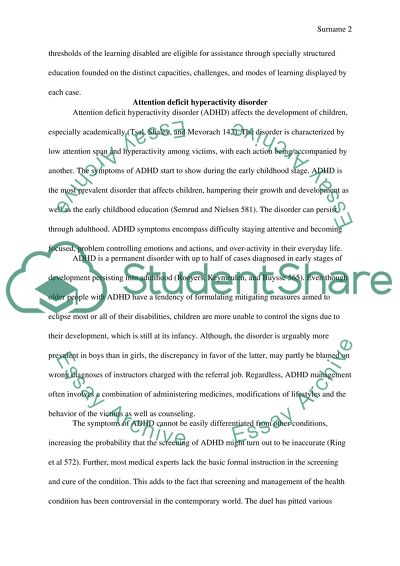Cite this document
(“ADHD and it's effects on Children's Development Research Paper”, n.d.)
Retrieved from https://studentshare.org/psychology/1397829-adhd-and-it-s-effects-on-children-s-development
Retrieved from https://studentshare.org/psychology/1397829-adhd-and-it-s-effects-on-children-s-development
(ADHD and it's Effects on Children'S Development Research Paper)
https://studentshare.org/psychology/1397829-adhd-and-it-s-effects-on-children-s-development.
https://studentshare.org/psychology/1397829-adhd-and-it-s-effects-on-children-s-development.
“ADHD and it's Effects on Children'S Development Research Paper”, n.d. https://studentshare.org/psychology/1397829-adhd-and-it-s-effects-on-children-s-development.


